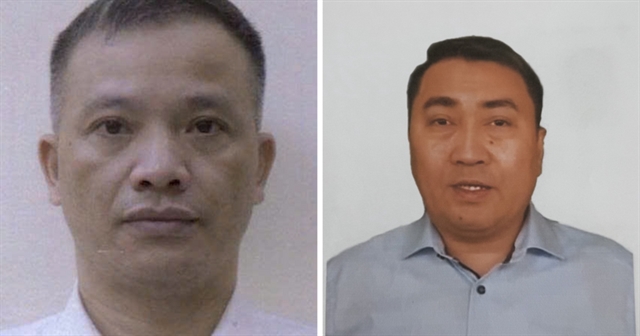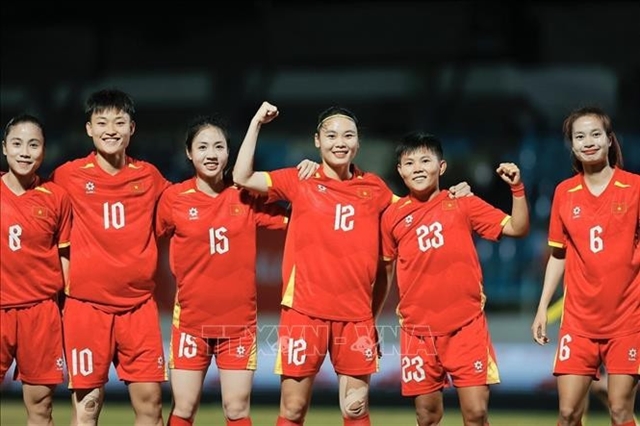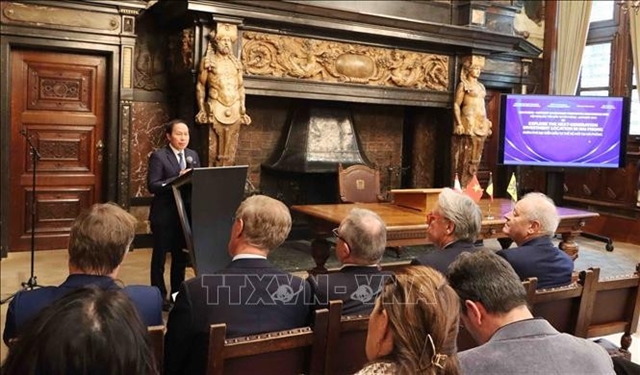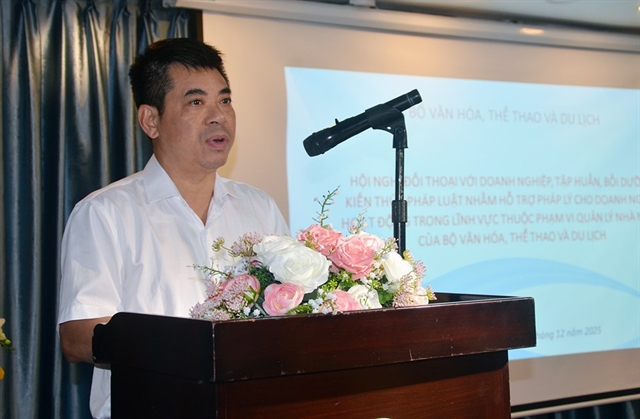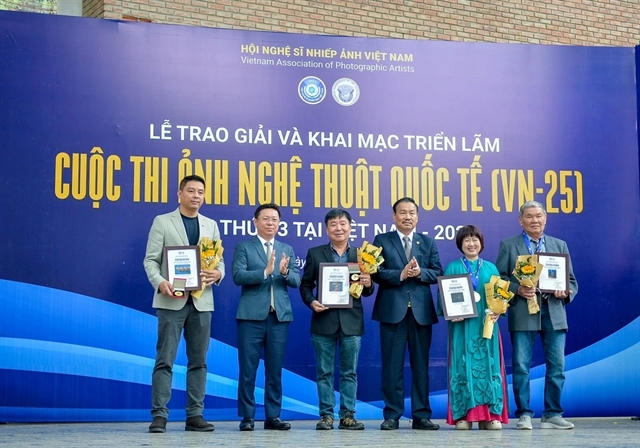 Life & Style
Life & Style

Huế yesterday opened an exhibition showcasing the history of Việt Nam and Japan trade relations. The exhibition kicked off events ahead of a visit by the Japanese emperor and empress to the city this week.
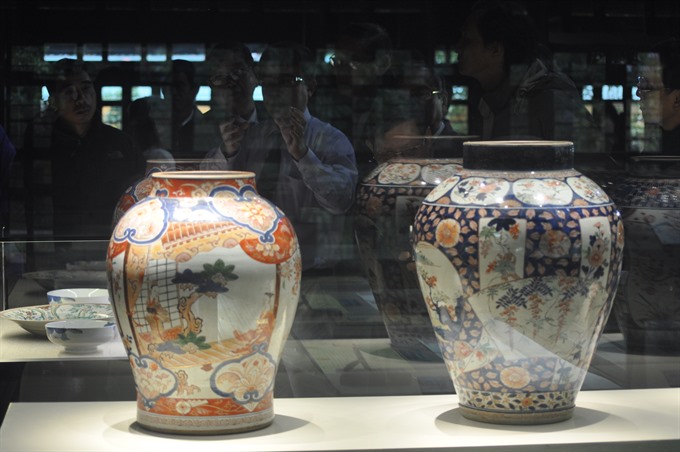 |
| International treasure: Imari porcelain jars produced by Japanese artisans in the 18th century displaying at the exhibition. — VNS Photo Phước Bửu |
THỪA THIÊN- HUẾ — Huế yesterday opened an exhibition showcasing the history of Việt Nam and Japan trade relations.
The exhibition kicked off events ahead of a visit by the Japanese emperor and empress to the city this week.
The items on display at the Huế Museum of Royal Antiquities include Hizen, Kakiemon, Imari Kutani and Nabeshima porcelain jars and plates. The items are said to be products of Japanese artisans who lived in the 17-19th century. Some Fujiwara bronze mirrors have also been exhibited.
The exhibition also showcases carved antique aloeswood, ivory and Vietnamese Chu Đậu porcelain products, representing trade items from the Vietnamese side that Japanese traders preferred. In addition, royal and civil documents facilitating trade between Vietnamese and Japanese dating back to the 19th century are also on display.
The items will be displayed until May 5 at the museum, which is situated behind the former imperial city’s Hiển Nhơn exit gate. Entrance is free for a month until March 26, following which the museum managers will charge regular ticket rates at the entrance gate.
According to researcher Trần Đức Anh Sơn, the museum’s former director, these items were valuable in presenting the trade history between the two countries over the past 400 years.
Sơn said Hizen porcelain antiques have been found in archeological sites in Hội An in Quảng Nam Province, in the ruins of Thanh Hà Port in Huế and the Thăng Long Citadel site in Hà Nội.
Meanwhile, the famed Kakiemon, Imari, Kutani and Nabeshima porcelain antiques were traded for ornamental use at the residencies of Nguyễn lords (1558-1777) and the Nguyễn dynasty’s emperors (1802-1945), he added.
According to historians, Việt Nam and Japan diplomatic relations began in the year of 736, when Vietnamese Buddhist monks arrived in Japan and brought with them music that later influenced Japanese court music.
Bilateral trade ties started later in 1591 when a mandarin representing the Nguyễn family in Đàng Trong (the country’s region that includes Huế today) was mailed to Japan requesting trade relations.
Ancient Japanese authorities later allowed 71 ships to trade with local traders in Đàng Trong and permitted another 37 ships to Đàng Ngoài (the country’s region that includes Hà Nội today).
At that time, Japanese traders brought porcelain, canons, paper and minerals to sell to Việt Nam and purchased silk, aloeswood, porcelains and farming products from locals before sailing back to Japan.
Former imperial capital Huế City in Thừa Thiên-Huế Province is the country’s only locality that will receive the Japanese emperor and empress during this visit. They plan to visit Huế Citadel and the memorial house of patriotic scholar Phan Bội Châu, who boosted Việt Nam and Japan relations in modern times. — VNS
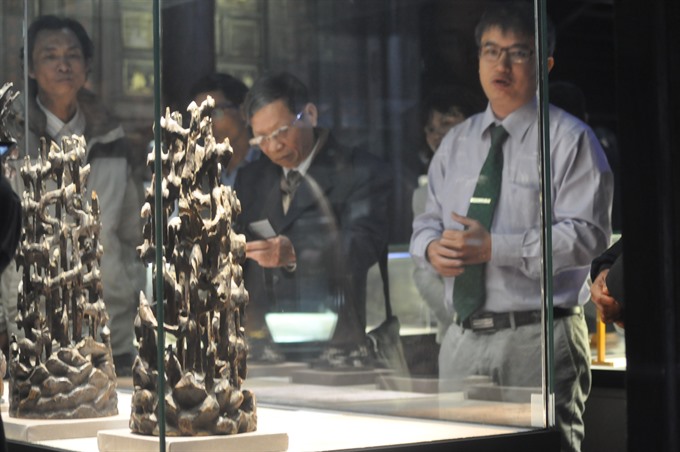 |
| Through the looking glass: Researcher Trần Đức Anh Sơn (right) introduces Vietnamese products that were preferred by ancient Japanese traders being displayed at the exhibition. — VNS Photo Phước Bửu |

